Top 7 Deadliest Diseases in the World...
Treatment and causes...
Utibeima Obo
TOP 7 DEADLIEST DISEASES...Jan 22, 2023
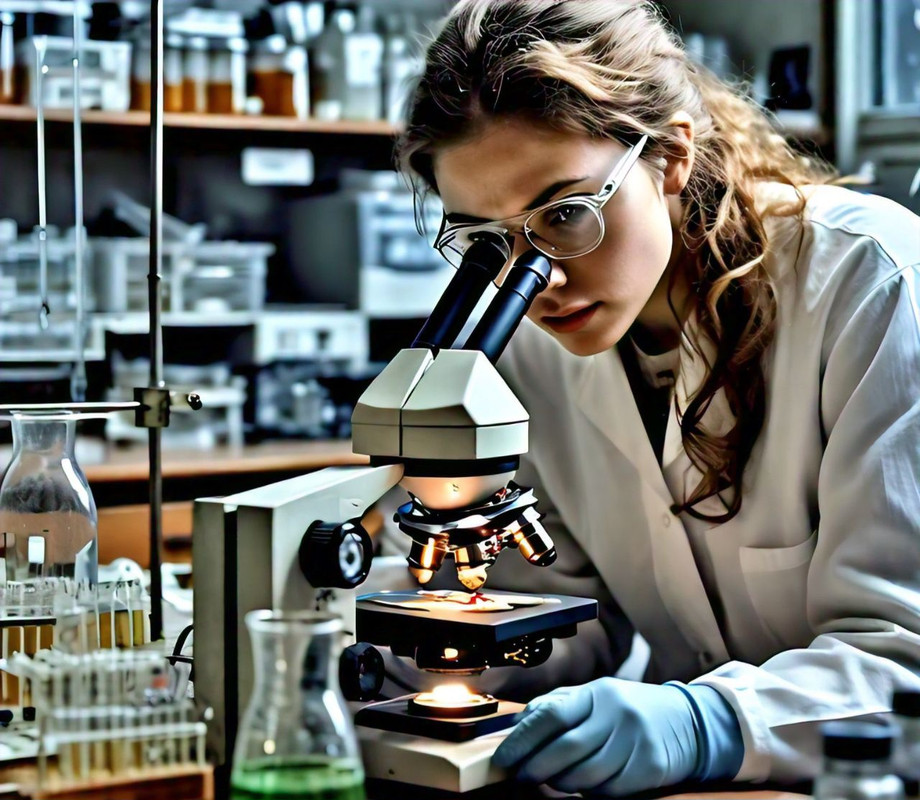
Diseases are abnormal conditions affecting the body of an organism, typically caused by pathogens such as bacteria, viruses, fungi, or parasites. They can also result from genetic factors or environmental influences. While some diseases are treatable, others can be life-threatening if not managed properly. Here’s a list of the top seven deadliest diseases globally. Read on to understand these diseases and the measures you can take to manage or prevent them. Remember, for real-life diagnosis and treatment, always visit a healthcare professional.
1. Coronary Artery Disease (CAD)
Coronary Artery Disease (CAD) is the narrowing or blockage of the coronary arteries, typically caused by a buildup of plaque. This condition reduces blood flow to the heart muscle, leading to chest pain (angina) or even a heart attack. CAD is a leading cause of death worldwide.
Symptoms: Stable angina, shortness of breath, chest pain, rapid heart rate, and increased body temperature.
Treatment: Regular exercise, a healthy diet, avoiding tobacco products, and medications to lower blood pressure and cholesterol. In severe cases, surgical options like angioplasty or coronary artery bypass grafting (CABG) may be necessary.
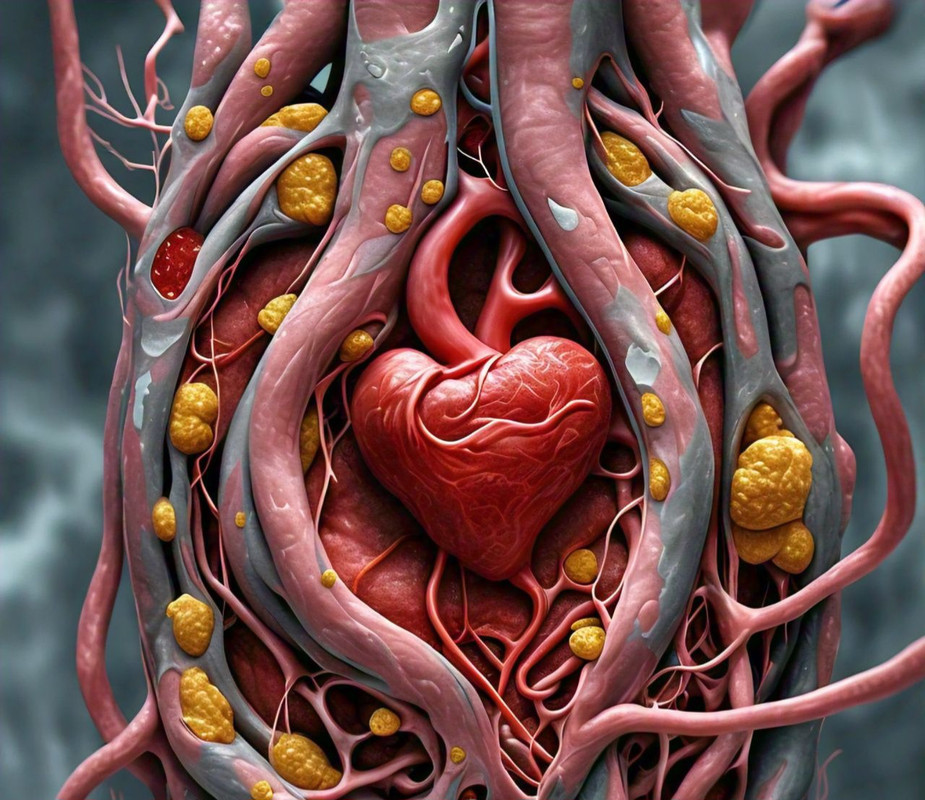
2. Lower Respiratory Tract Infections
These infections affect the airways and lungs and include diseases like pneumonia, bronchitis, and tuberculosis. They are especially dangerous in young children, the elderly, and those with weakened immune systems.
Symptoms: Runny nose, dry cough, fever, sore throat, chest pain, and difficulty breathing.
Treatment: Rest, increased fluid intake, medications to relieve symptoms, and antibiotics for bacterial infections. Severe cases may require hospitalization.
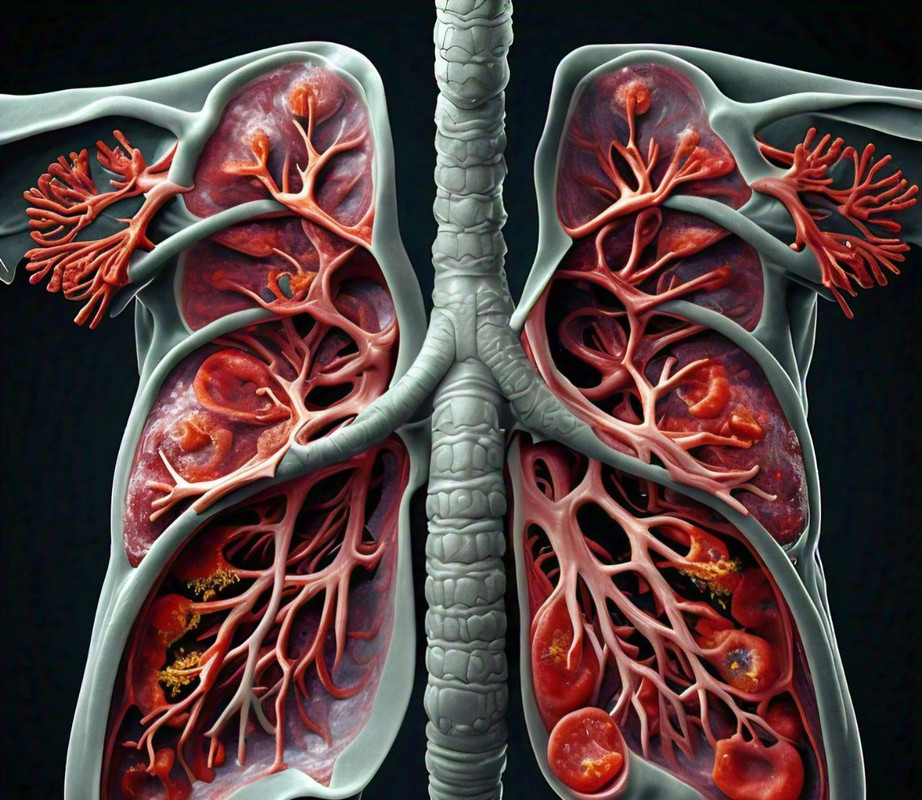
3. Malignant Tumors (Cancer)
Cancer is the uncontrolled growth and spread of abnormal cells in the body. It can occur in almost any part of the body and is one of the leading causes of death globally.
Symptoms: Lumps under the skin, unexplained weight loss, changes in skin color, and persistent sores that do not heal.
Treatment: Surgery to remove tumors, radiation therapy, and chemotherapy to kill cancer cells. Early detection and treatment significantly improve survival rates.
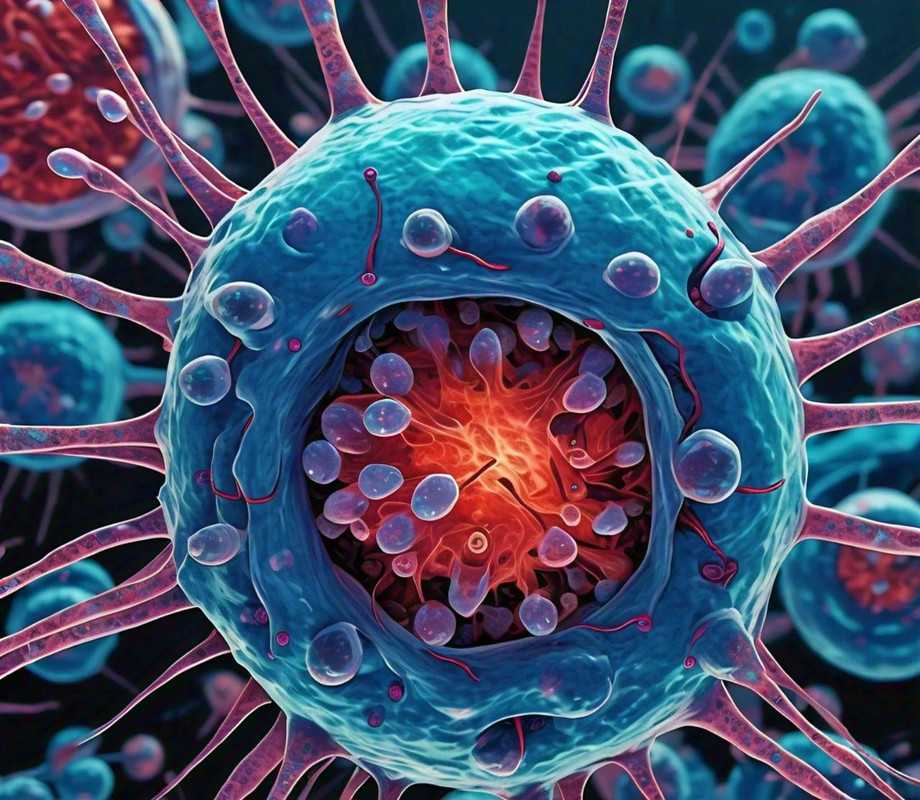
4. Diabetes
Diabetes is a chronic condition characterized by high levels of blood sugar due to the body’s inability to produce or use insulin effectively. It can lead to serious health complications if not properly managed.
Symptoms: Frequent urination, excessive thirst, weight loss, blurred vision, and fatigue.
Treatment: Insulin therapy, regular exercise, and a balanced diet. Monitoring blood sugar levels and maintaining a healthy lifestyle are crucial for managing diabetes.
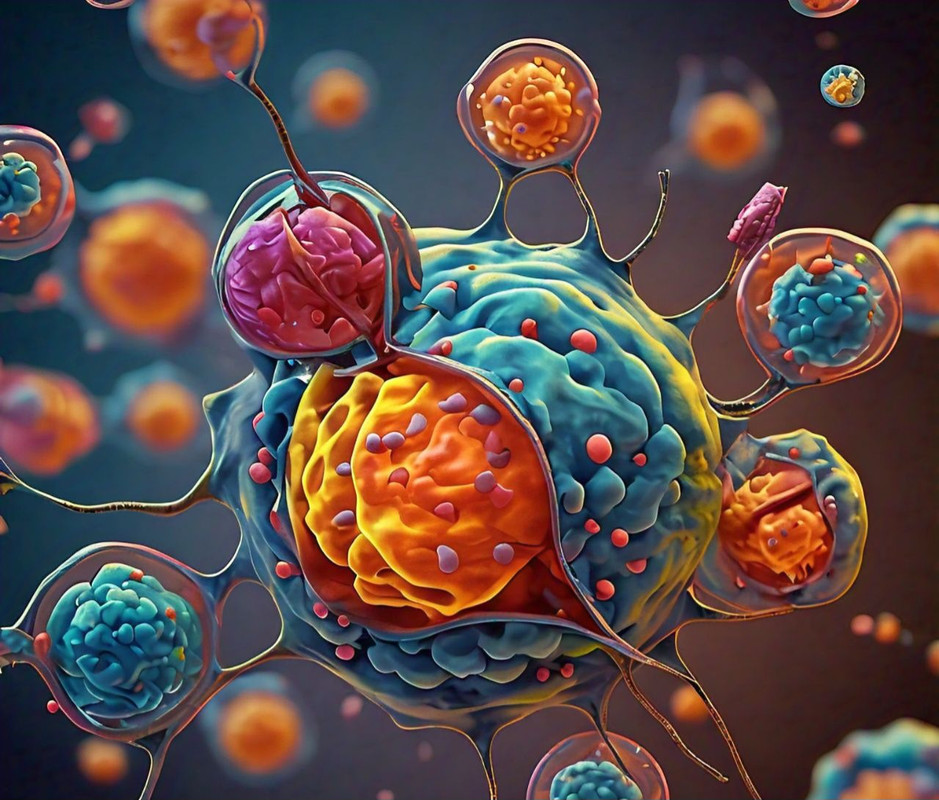
5. Alzheimer’s Disease
Alzheimer’s is a progressive neurological disorder that leads to memory loss, cognitive decline, and changes in behavior. It is the most common cause of dementia among older adults.
Symptoms: Memory loss, confusion, difficulty in making decisions, and changes in personality.
Treatment: While there is no cure, treatments focus on managing symptoms through medications, cognitive therapies, and lifestyle changes. Regular mental and physical activities are recommended.
6. Diarrheal Diseases
These diseases are caused by various pathogens and lead to frequent, loose stools. Diarrheal diseases can cause severe dehydration, particularly in young children and those living in areas with poor sanitation.
Symptoms: Abdominal pain, cramping, fever, and dehydration.
Treatment: Rehydration, proper hygiene, and in some cases, antibiotics. It’s essential to drink safe, clean water and maintain good sanitation practices to prevent these diseases.
7. Stroke
Stroke occurs when the blood supply to part of the brain is interrupted or reduced, preventing brain tissue from getting enough oxygen and nutrients. This can lead to brain damage and is a leading cause of death and disability worldwide.
Symptoms: Sudden numbness or weakness, confusion, trouble speaking, vision problems, and difficulty walking.
Treatment: Emergency medical treatment to restore blood flow to the brain, rehabilitation therapies, and lifestyle changes to prevent future strokes.
Note: The images included are AI-generated. To understand the real impact of these diseases, please visit a healthcare facility.
DON'T FORGET TO LIKE, COMMENT & SHARE